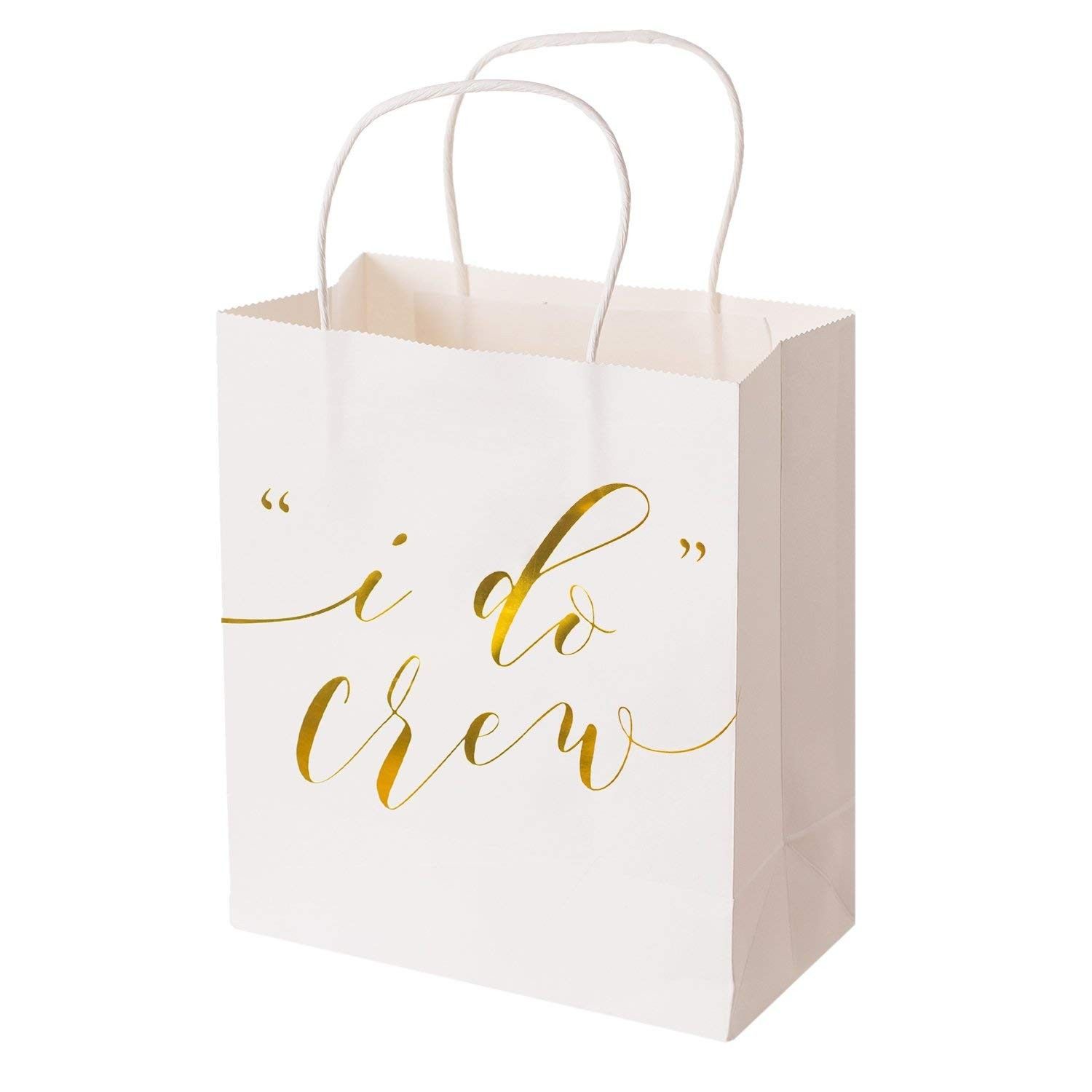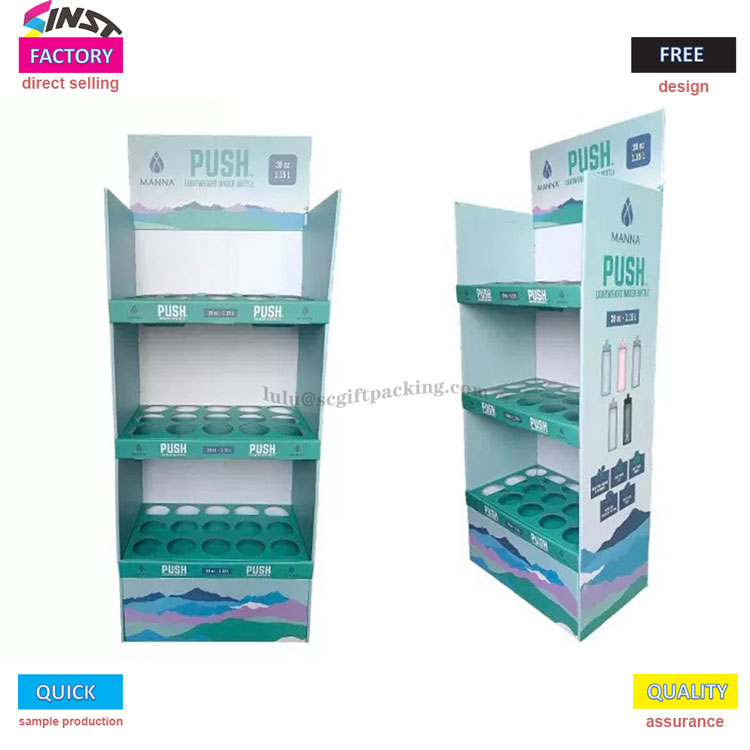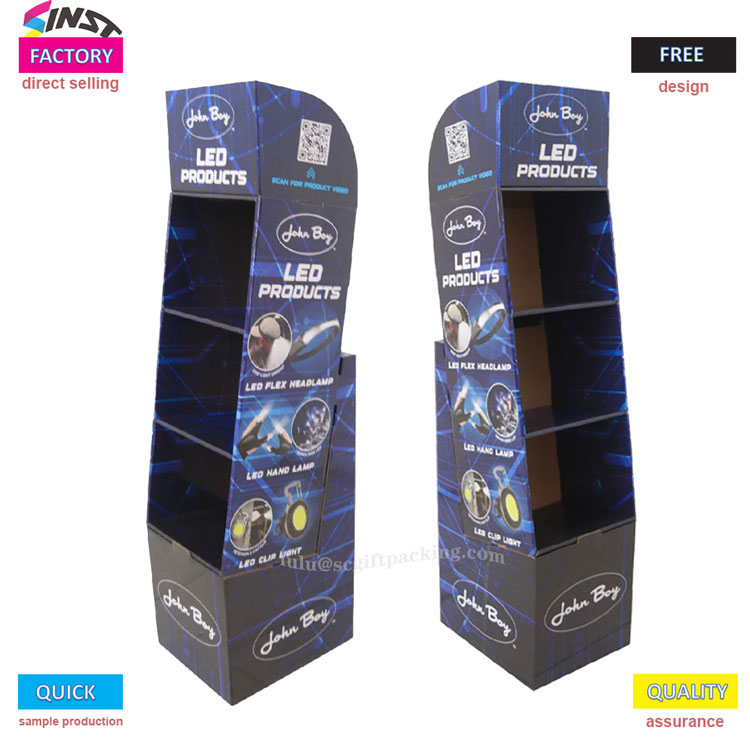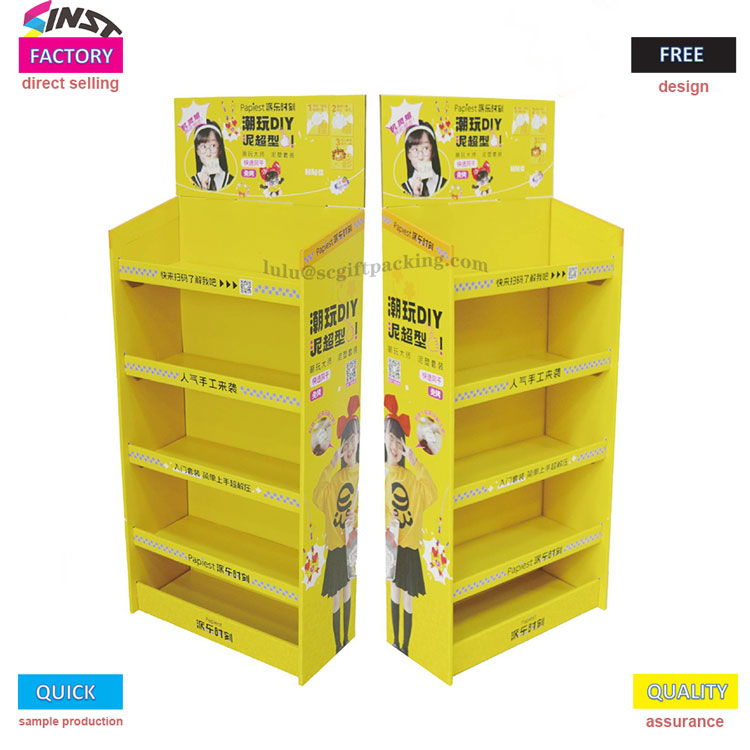Commonly used papers and processes for paper handbag printing and production
Paper handbags are becoming more and more common in daily life. Compared with plastic bags, paper handbags respond to the call of green environmental protection and are more environmentally friendly. Low production cost, exquisite and fashionable appearance, etc. make it quickly accepted and loved by consumers. Generally, people will think that the quality of goods with exquisite outer packaging and high-quality paper and printing technology handbags must be trustworthy. Therefore, many suppliers and manufacturers have joined this field, and the paper and production technology used in paper handbags have gradually received attention.





Commonly used papers for paper handbag printing and production mainly include the following types:
Coated paper: Coated paper has a hard texture and smooth surface. It is usually suitable for printing customized high-end handbags, such as jewelry, cosmetics, etc.
Black cardboard: Black cardboard has a deep color, good fiber texture, and high load-bearing capacity. It is suitable for enhancing the load-bearing capacity of handbags.
Kraft paper: The surface of kraft paper has leather texture, feels like cloth, and is relatively strong and resistant to pressure. Usually suitable for printing handbags, leisure prints, etc.
Block paper: Block paper is suitable for printing handbags with simple colors and simple patterns. It is usually printed with a printing press, which has low cost and is suitable for mass printing.
Commonly used processes for paper handbag printing and production include the following:
Letterpress printing: Letterpress printing refers to a printing method in which graphics and text are printed in an uneven manner. It is characterized by bright colors and thick printing, which can add a noble and elegant texture to the handbags.
Hot stamping silver: Hot stamping silver is a commonly used processing technology that can make the design pattern decorative and have a better visual effect. It is often used on paper handbags of some high-end, gold and silver companies.
Ironing/Embossing: Using high temperature pressure to make the bag textured or convex, increasing the thickness of the paper bag, it is commonly used for high-end packaging in the European and American markets.
Gravure printing: Contrary to letterpress printing, gravure printing is a printing method that prints graphics and text in an uneven manner, so that the pattern of the handbag has a visual effect that is lower than the plane of the bag surface, with delicate, layered, and relative colors. The performance is relatively excellent.
After the printing is completed, it is glued and shaped according to the designed specifications and sizes. A hole for the handbag is cut on the bag body, or a rope for the handbag is connected. The paper handbag is basically completed. Portable ropes generally use nylon ropes, cotton ropes or paper ropes. If the size of the bag is large, in order to increase the load-bearing capacity, the rope-bag connection must be reinforced. The printing design of paper handbags is to show the perfect appearance and at the same time convey the product information that the printer wants to express. This is a kind of introduction and promotion of products, and it is also a kind of corporate culture. While introducing products, it conveys an environmental protection concept to the society.
 English
English  Español
Español  Português
Português  русский
русский  Français
Français  日本語
日本語  Deutsch
Deutsch  tiếng Việt
tiếng Việt  Italiano
Italiano  Nederlands
Nederlands  ภาษาไทย
ภาษาไทย  Polski
Polski  한국어
한국어  Svenska
Svenska  magyar
magyar  Malay
Malay  বাংলা ভাষার
বাংলা ভাষার  Dansk
Dansk  Suomi
Suomi  हिन्दी
हिन्दी  Pilipino
Pilipino  Türkçe
Türkçe  Gaeilge
Gaeilge  العربية
العربية  Indonesia
Indonesia  Norsk
Norsk  تمل
تمل  český
český  ελληνικά
ελληνικά  український
український  Javanese
Javanese  فارسی
فارسی  தமிழ்
தமிழ்  తెలుగు
తెలుగు  नेपाली
नेपाली  Burmese
Burmese  български
български  ລາວ
ລາວ  Latine
Latine  Қазақша
Қазақша  Euskal
Euskal  Azərbaycan
Azərbaycan  Slovenský jazyk
Slovenský jazyk  Македонски
Македонски  Lietuvos
Lietuvos  Eesti Keel
Eesti Keel  Română
Română  Slovenski
Slovenski  मराठी
मराठी  Srpski језик
Srpski језик 









